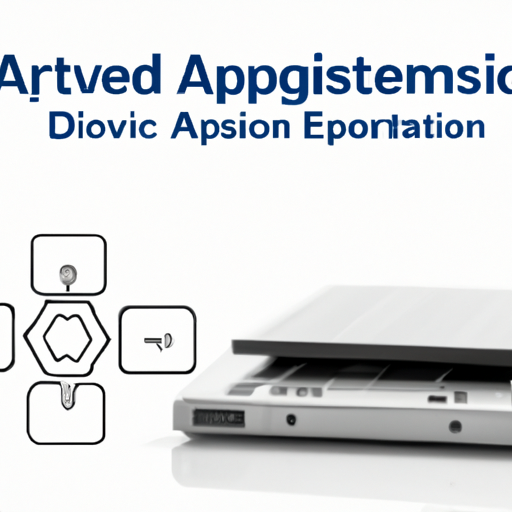Application Development in Digital to Analog Converters (DACs) for 1N4006-T: Key Technologies and Success Stories
Digital to Analog Converters (DACs) are essential components in a wide range of applications, including audio processing, signal generation, and control systems. While the 1N4006-T is a general-purpose rectifier diode and not a DAC itself, it plays a supportive role in power supply circuits and signal conditioning for DAC applications. Below, we explore key technologies in DAC development and highlight success stories that illustrate their impact across various industries.
Key Technologies in DAC Development
| 1. High Resolution and Precision | |
| 2. High Sampling Rates | |
| 3. Integration and Miniaturization | |
| 4. Low Power Consumption | |
| 5. Digital Signal Processing (DSP) Integration | |
| 6. Wireless Communication Applications | |
| 7. Feedback and Calibration Mechanisms | |
| 1. High-Fidelity Audio Systems | |
| 2. Medical Imaging Technologies | |
| 3. Telecommunications Advancements | |
| 4. Consumer Electronics Innovations | |
| 5. Industrial Automation Solutions | |
| 6. Automotive Applications | |
Success Stories
Conclusion

While the 1N4006-T diode is not directly related to DAC technology, it serves an important role in the power supply and signal conditioning circuits that support DAC applications. The advancements in DAC technology have led to significant improvements across various fields, from consumer electronics to medical devices, showcasing the versatility and importance of DACs in modern technology. As the demand for high-performance and energy-efficient solutions continues to grow, DAC technology is expected to evolve further, paving the way for new applications and innovations. The integration of components like the 1N4006-T in these systems underscores the collaborative nature of modern electronic design, where various technologies work together to achieve optimal performance.
Application Development in Digital to Analog Converters (DACs) for 1N4006-T: Key Technologies and Success Stories
Digital to Analog Converters (DACs) are essential components in a wide range of applications, including audio processing, signal generation, and control systems. While the 1N4006-T is a general-purpose rectifier diode and not a DAC itself, it plays a supportive role in power supply circuits and signal conditioning for DAC applications. Below, we explore key technologies in DAC development and highlight success stories that illustrate their impact across various industries.
Key Technologies in DAC Development
| 1. High Resolution and Precision | |
| 2. High Sampling Rates | |
| 3. Integration and Miniaturization | |
| 4. Low Power Consumption | |
| 5. Digital Signal Processing (DSP) Integration | |
| 6. Wireless Communication Applications | |
| 7. Feedback and Calibration Mechanisms | |
| 1. High-Fidelity Audio Systems | |
| 2. Medical Imaging Technologies | |
| 3. Telecommunications Advancements | |
| 4. Consumer Electronics Innovations | |
| 5. Industrial Automation Solutions | |
| 6. Automotive Applications | |
Success Stories
Conclusion

While the 1N4006-T diode is not directly related to DAC technology, it serves an important role in the power supply and signal conditioning circuits that support DAC applications. The advancements in DAC technology have led to significant improvements across various fields, from consumer electronics to medical devices, showcasing the versatility and importance of DACs in modern technology. As the demand for high-performance and energy-efficient solutions continues to grow, DAC technology is expected to evolve further, paving the way for new applications and innovations. The integration of components like the 1N4006-T in these systems underscores the collaborative nature of modern electronic design, where various technologies work together to achieve optimal performance.







